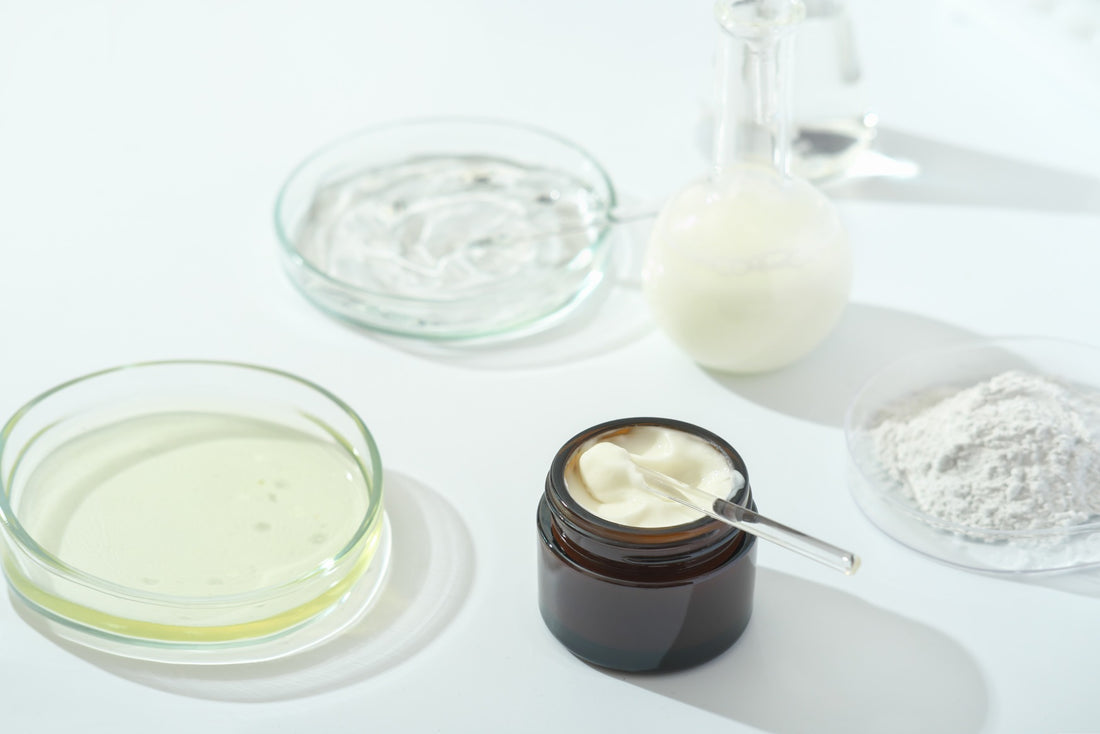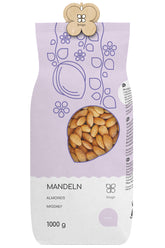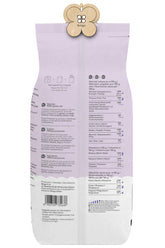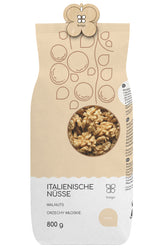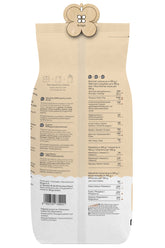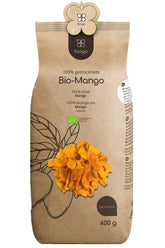Properties and applications of lactic acid
Lactic acid (Latin "acidum lacticum" ), an organic chemical compound, is a hydroxy acid that is formed in the muscles during intense physical exercise. This happens when our body breaks down carbohydrates in conditions of low oxygen to use them as energy. It is necessary for the proper functioning of the body. Interestingly, lactic acid is also found in fermented milk products and silage, as it is an intermediate in sugar metabolism. Due to its keratolytic, antibacterial and alkalizing properties, lactic acid is used in medicine, cosmetics and the food industry. Lactic acid bacteria can be found, for example, in probiotics, preparations for the topical treatment of skin lesions and moisturising and exfoliating cosmetics. What is worth knowing about lactic acid?
Properties of lactic acid
Probiotics are used effectively in the treatment of digestive system diseases. Lactic acid is also widely used in medicine, particularly for skin problems and gynecological complaints. Its most important properties include:
• antibacterial,
• alkalizing, which means that it helps to reduce the body’s acidity,
• Keratolytic peeling of the stratum corneum of the epidermis, which supports the renewal of skin cells and their proper function.
The use of lactic acid
Lactobacilli have a probiotic effect. Bacteria of the genus Lactobacillus, which produce lactic acid, help limit the overgrowth of other bacteria. They support the treatment of various diseases and disorders of the digestive system, such as:
• Helicobacter infection Pylori,
• acute infectious diarrhea,
• Prevention of diarrhea associated with taking antibiotics.
Lactic acid sticks are also used in gynecology, as they help maintain the correct vaginal environment. Probiotics, medications, and intimate hygiene fluids containing lactic acid are used, among other things, to treat conditions such as vaginal mycosis. These preparations are used in patients:
• who have been diagnosed with disturbances of the vaginal environment, e.g. after antibiotic therapy, after treatment with vaginal medications for antifungal and antibacterial treatment,
• suffer from menopausal symptoms,
• who have an inflammation of the vagina.
Due to its keratolytic properties, lactic acid is also used in dermatology, primarily for the removal of epidermal thickenings. Together with salicylic acid, it is used in preparations for corns and calluses on the feet.
Use of lactic acid in cosmetics
Lactic acid is also successfully used in cosmetics. It is contained, among other things, in chemical peels, whose purpose is to remove the top layer of dead skin cells. These peels typically contain 10–30% lactic acid. Regular use of cosmetics containing lactic acid visibly improves the condition of the skin, its firmness, smoothness, elasticity, discoloration, and density. It also smoothes fine wrinkles, unclogs pores, and improves skin tone.
Lactic acid is taken orally in the form of dietary supplements and probiotics and is considered a safe preparation. Cosmetic products containing lactic acid are also safe to use, provided they are applied by authorized and trained personnel. During acid treatments, it is important to protect the skin from the sun and use protective creams with sunscreen during this time.
THE PUBLISHER'S CHOICE
Almonds 1 kg BIOGO
- £11.00
£13.00- £11.00
- Unit price
- / per
Walnuts 800 g BIOGO
- £8.00
£10.00- £8.00
- Unit price
- / per
Dried organic mango 400 g BIOGO
- £10.00
- £10.00
- Unit price
- / per
Dried White Mulberries 500 g ORGANIC
- £6.00
£7.00- £6.00
- Unit price
- / per
Dried organic figs 800 g BIOGO
- £27.00
- £27.00
- Unit price
- / per
Unpeeled buckwheat groats 1 kg BIOGO
- £3.00
£3.00- £3.00
- Unit price
- / per
Organic coconut flakes 500 g BIOGO
- £9.00
- £9.00
- Unit price
- / per
Organic oat flakes 600 g BIOGO
- £4.00
- £4.00
- Unit price
- / per
Organic cashew nuts 1 kg BIOGO
- £18.00
- £18.00
- Unit price
- / per
Milk thistle seeds 1 kg BIOGO
- £4.00
- £4.00
- Unit price
- / per




















































































































